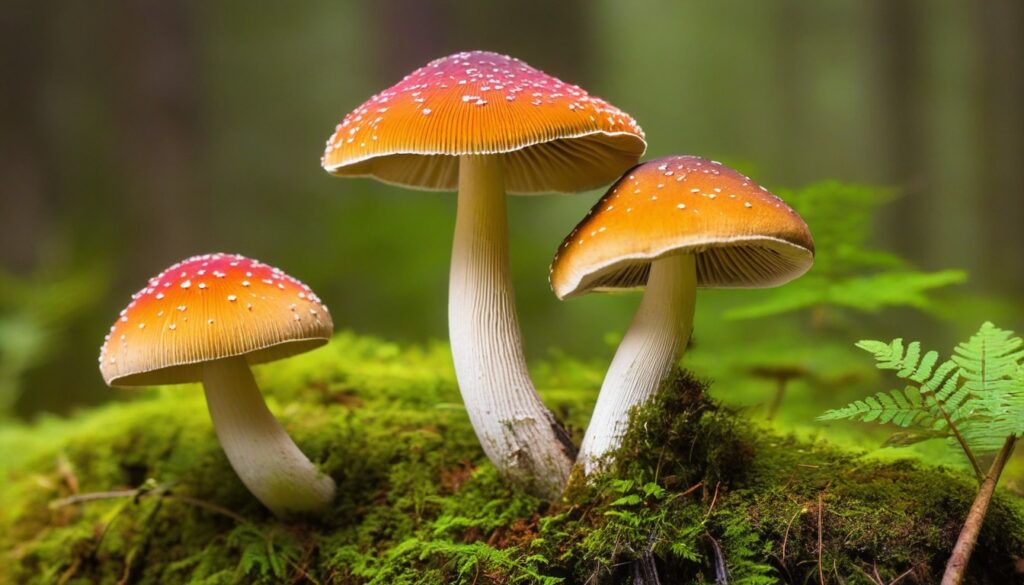Do you love mushrooms and want to grow them right from your own home in Florida? Well, you’ve come to the right place! Growing mushrooms can be a fun and rewarding hobby with delicious results. However, it’s important to understand the unique conditions and challenges of growing mushrooms in Florida.
In this masterclass, we will guide you through the process of successfully growing mushrooms in Florida. Discover expert tips, simple steps, and everything you need for a bountiful mushroom harvest. Let’s get started!
Key Takeaways:
- Understand the basic process of mushroom cultivation.
- Choose the right mushroom variety for Florida’s climate and conditions.
- Prepare the growing environment by selecting the right substrate and controlling temperature and humidity.
- Spawn and inoculate your chosen mushroom variety.
- Maintain optimal growing conditions by regulating temperature, humidity, and ventilation.
Understanding the Mushroom Growing Process
Before you start your mushroom growing journey, it’s important to understand the basic mushroom growing process. Here are the key steps involved in cultivating mushrooms.
Step 1: Selecting the Right Mushroom Variety
The first step is to choose the mushroom variety you want to grow. Different mushroom varieties have different growth requirements. For example, shiitake mushrooms prefer cooler temperatures, while oyster mushrooms thrive in warm environments.
Consider the climate and growing conditions in your area to determine the mushroom variety that will work best for you.
Step 2: Preparing the Growing Environment
The next step is to prepare the growing environment. This involves selecting a growing substrate, sterilizing the containers, and controlling the temperature and humidity.
The growing substrate is the material on which the mushrooms will grow. Some examples of growing substrates include sawdust, straw, and compost. Once you have chosen your substrate, sterilize the containers to eliminate any bacteria or fungi that may compete with your mushrooms during the growing process.
The temperature and humidity levels in your growing space are also crucial for optimal mushroom growth. For most mushroom varieties, a temperature between 65-75°F and humidity levels between 80-90% are ideal.
Step 3: Spawning and Inoculation
The next step is to introduce mushroom spores or mycelium to the growing substrate. This process is called spawning and inoculation.
There are two primary methods for spawning and inoculation:
- Spawn Run Method: In this method, mushroom spores are added to a substrate, and the mycelium grows, spreading throughout the substrate.
- Grain Spawn Method: In this method, the mycelium is grown on grains, and then added to the substrate.
Step 4: Maintaining Optimal Growing Conditions
Once your mushrooms start growing, it’s important to maintain optimal conditions to ensure their healthy development. This means controlling the temperature, humidity, and ventilation to create the ideal growing environment.
Monitor the temperature and humidity levels regularly and adjust them as needed. Poor ventilation can lead to a buildup of carbon dioxide, which can stunt mushroom growth. Ensure your growing space has adequate ventilation to provide fresh air to your mushrooms.
Step 5: Harvesting and Storage Tips
The final step is to harvest your mushrooms at the right time and store them properly to maintain their freshness. Harvest your mushrooms when the caps have fully opened, but before the edges start to curl up.
When storing your mushrooms, keep them in a cool, dark place to prevent them from drying out. Store them in a paper bag or wrapped in a damp towel to retain their moisture.
Remember, patience and attention to detail are key when growing mushrooms. Follow these steps and keep a close eye on your mushrooms to ensure a successful harvest!
Choosing the Right Mushroom Variety for Florida
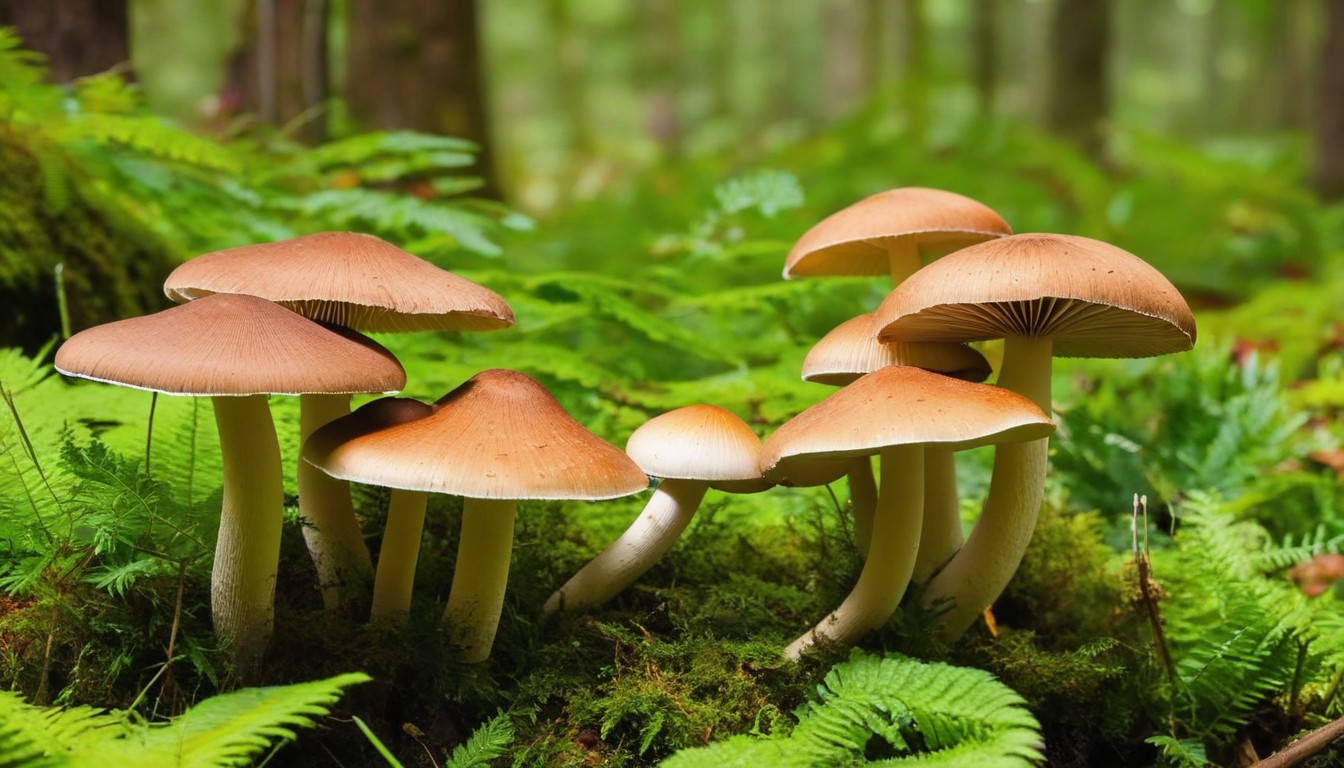
Florida’s unique climate and conditions require specific mushroom varieties that can thrive in this environment. When deciding which species to grow, consider the following:
- Temperature tolerance: Florida’s warm and humid climate can be challenging for some mushroom varieties. Look for species that can withstand high temperatures.
- Resistance to diseases and pests: Certain mushroom varieties are more resistant to common pests and diseases prevalent in Florida.
- Availability of spawn: Ensure that the spawn for your chosen mushroom variety is available in Florida.
Here are some mushroom varieties that are well-suited for growing in Florida:
Mushroom Variety | Temperature Range (°F) | Spawn Type | Common Pests/Diseases |
|---|---|---|---|
Shiitake | 50-80 | Sawdust or plug spawn | Green mold, mites |
Oyster | 60-85 | Sawdust spawn or grain spawn | Verticillium wilt, bacterial blotch |
White Button | 60-75 | Compost or grain spawn | Mushroom sciarid flies, bacterial blotch |
Lion’s Mane | 55-70 | Sawdust or plug spawn | Mushroom sciarid flies, bacterial blotch |
Keep in mind that this is not an exhaustive list, and there are other mushroom varieties that can also be grown successfully in Florida. Research and consult with local experts to determine the best option for your growing environment.
Preparing the Growing Environment
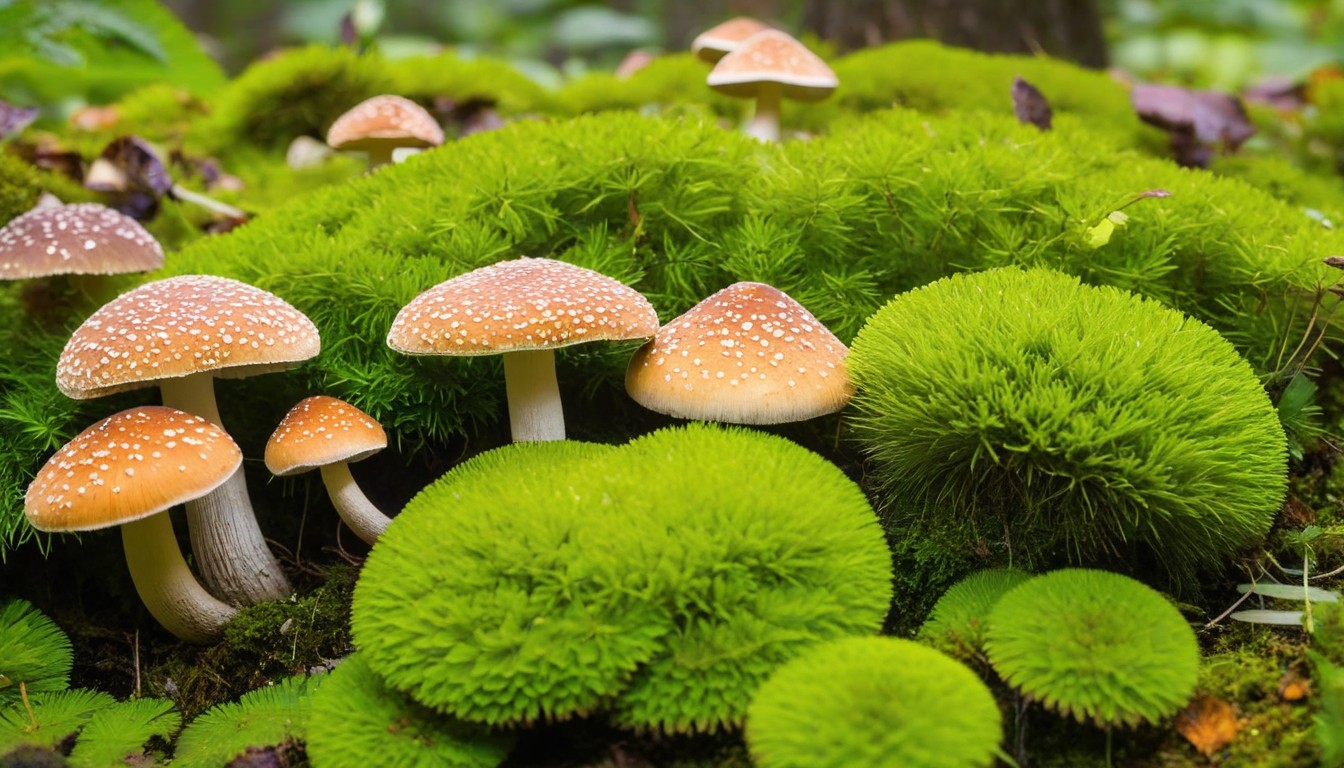
Before you start growing mushrooms in Florida, it’s crucial to prepare the right growing environment. Following these steps will help ensure that your mushrooms flourish:
Select the Right Substrate
The substrate is the material that your mushrooms will grow on. Depending on the type of mushroom you’re cultivating, you may use straw, sawdust, or other materials. Ensure that the substrate is properly sterilized to prevent contamination.
Sterilize Containers
Using clean and sterile containers is critical for a successful mushroom harvest. You can use plastic bags, jars, or trays, but ensure that they are properly sterilized before use.
Control Temperature and Humidity
Most mushrooms grow best in temperatures between 60 and 80 degrees Fahrenheit, with humidity levels around 90%. Keep your growing area at a consistent temperature and use a humidifier to maintain the necessary humidity level.
Provide Adequate Ventilation
Proper ventilation is crucial for maintaining healthy mushrooms. Ensure that your growing space is well-ventilated, but avoid drafts that can dry out your mushrooms. Use a fan to circulate air if necessary.
By following these steps, you’ll be well on your way to creating the perfect growing environment for your Florida mushrooms. Remember to keep monitoring the temperature, humidity, and ventilation throughout the growing process to ensure the optimal conditions for your crop.
Spawning and Inoculation
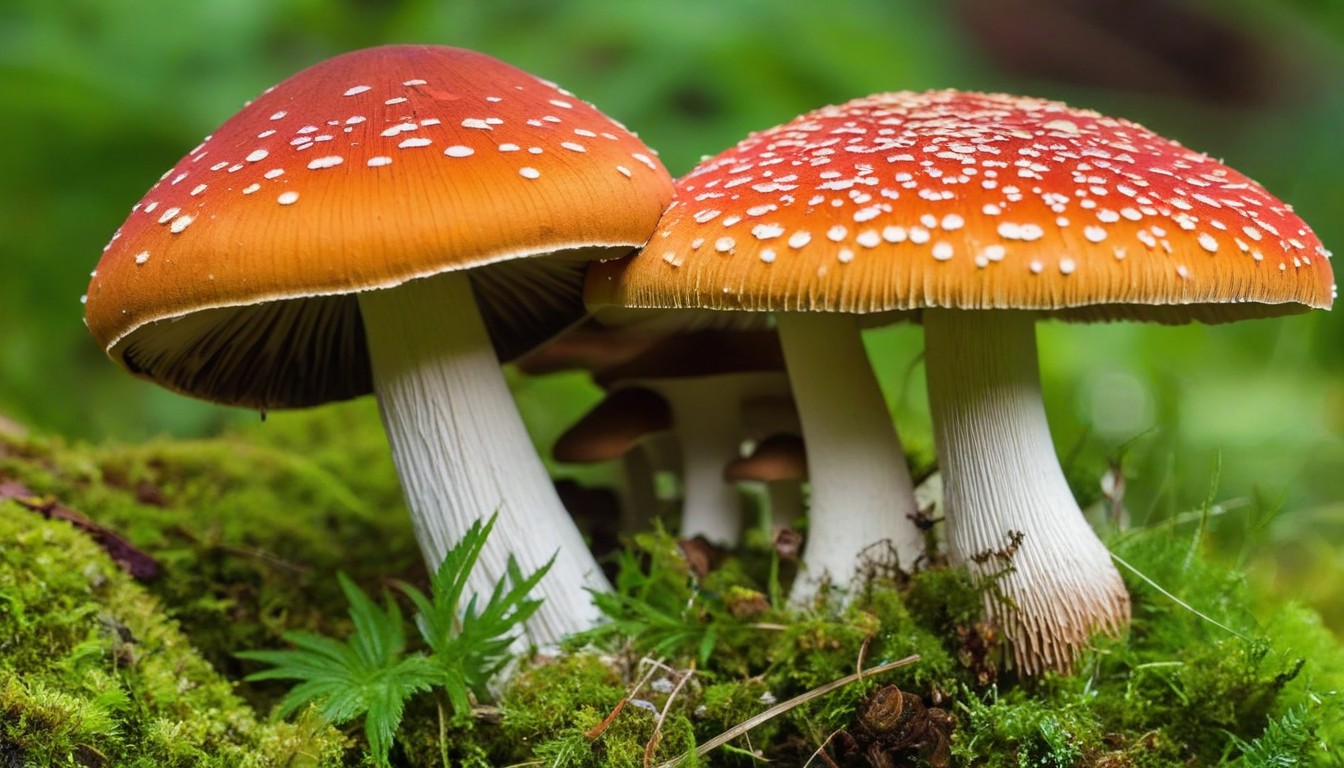
After preparing your growing environment, it’s time to begin the process of spawning and inoculation. Spawning refers to the introduction of mushroom spores or mycelium into the substrate, while inoculation is the process of ensuring that the spores or mycelium properly colonize the substrate.
First, select high-quality spawn or spores from a reputable supplier. Depending on your mushroom variety, you may need to purchase a pre-made spawn or create your own by isolating and growing mycelium from a mature mushroom.
Next, sterilize your containers and substrate to prevent contamination. Fill your containers with the substrate, leaving enough space for the spawn. Add the spawn to the substrate, making sure to distribute it evenly. Cover the containers and wait for the mycelium to colonize the substrate.
Note: Proper sterilization and hygiene are crucial during the spawning and inoculation process to prevent contamination and ensure healthy mushroom growth.
Once the mycelium has colonized the substrate, it’s time to induce fruiting. This can be done by manipulating temperature and humidity levels, providing proper lighting, and maintaining good airflow. Depending on the mushroom variety, fruiting may take anywhere from a few days to several weeks.
As your mushrooms grow, make sure to monitor them regularly for signs of pests or disease. If you notice any issues, take immediate action to address them.
Harvest your mushrooms once they reach maturity, being careful not to damage the surrounding substrate. Proper harvesting techniques will help ensure a bountiful and sustainable crop.
Maintaining Optimal Growing Conditions
Once your mushrooms start to grow, it’s vital to maintain the proper environmental conditions to ensure their healthy development. Here are some critical aspects to consider:
Temperature
Mushrooms require consistent temperatures to grow, ideally between 60-70°F. Avoid direct sunlight on your growing area, as it can elevate temperatures and dry out the substrate. Conversely, temperature drops can slow growth or kill the mushrooms. Consider using a thermometer to monitor the temperature and maintain a steady climate.
Humidity
Proper humidity levels are crucial to encourage mushroom growth and prevent drying out or contamination. It is recommended to keep humidity levels between 80-90%. You can use a hygrometer to measure the humidity levels and a spray bottle to add moisture if necessary.
Ventilation
Good ventilation supports proper temperature and humidity levels by preventing the buildup of carbon dioxide and stagnant air. It’s best to create natural airflows by opening windows or using fans or vents. However, avoid drafts or exposing the mushrooms to excess airflow, as it can dry them out.
By maintaining optimal growing conditions, you can help ensure a healthy and bountiful harvest of delicious mushrooms!
Pest and Disease Management
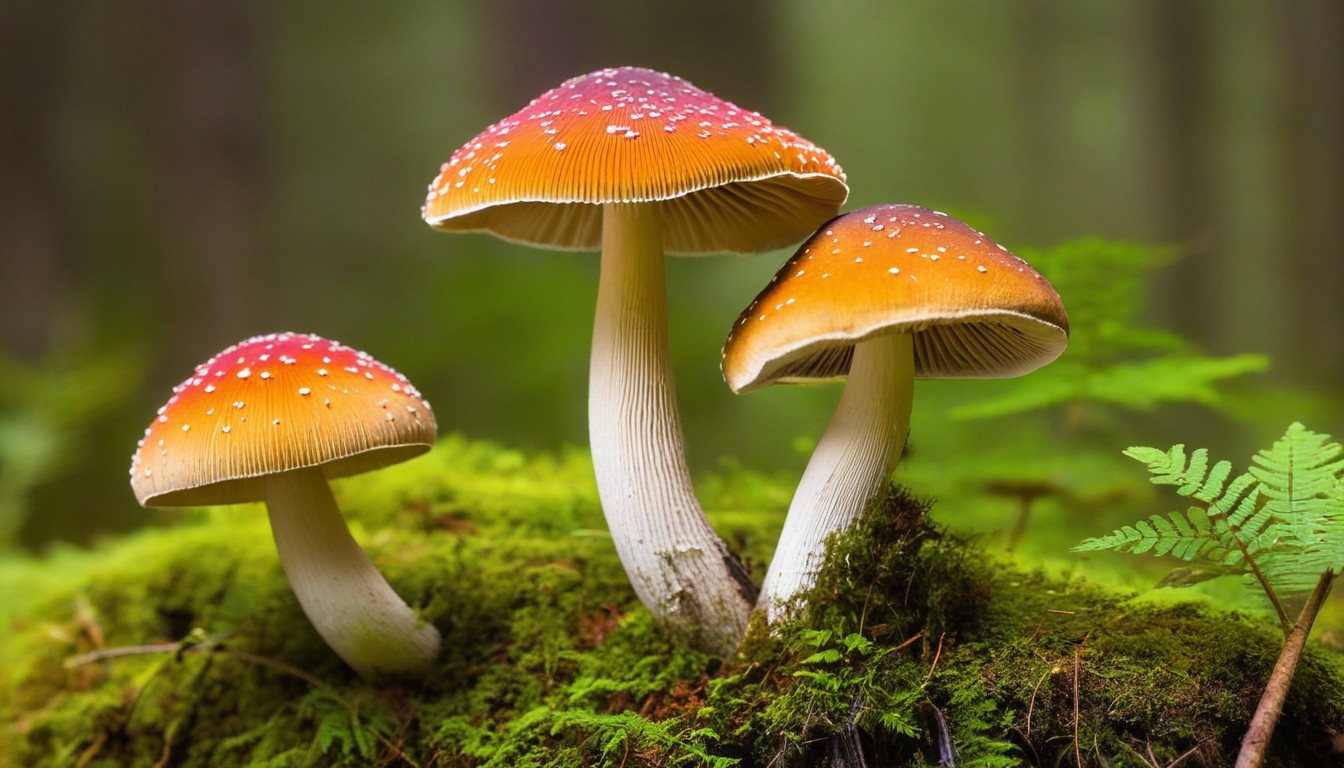
As with any crop, mushrooms are vulnerable to pests and diseases that can hinder their growth and reduce yields. However, with proper management, you can minimize the risks and protect your mushroom crop. Here are some effective strategies for pest and disease management:
Identifying Common Mushroom Pests and Diseases
The first step in managing pests and diseases is to identify them early. Some of the most common pests and diseases that affect mushroom cultivation include:
Pest/Disease | Symptoms | Management Strategies |
|---|---|---|
Mold | White, green, or black fuzz on the surface of the substrate or mushrooms | Reduce the humidity, increase ventilation, and remove infected mushrooms and substrate |
Fungus gnats | Small, black flies hovering around the mushrooms | Use sticky traps and remove any standing water near the growing area |
Verticillium | Brown discoloration of the substrate and stunted mushroom growth | Remove infected substrate and sterilize the growing area between cycles |
Bacterial blotch | Brown or black spots on the surface of the mushrooms | Reduce humidity and increase ventilation, remove infected mushrooms and substrate |
Preventing Pests and Diseases
The best way to manage pests and diseases is to prevent them from occurring in the first place. Here are some measures you can take to prevent pest and disease infestations:
- Use clean, sterile equipment and substrate
- Maintain proper temperature and humidity levels
- Avoid overcrowding the growing space
- Implement a strict sanitation routine, including cleaning and sterilizing the growing area between cycles
Integrated Pest Management
Integrated Pest Management (IPM) is a holistic approach to pest management that emphasizes prevention and non-toxic control methods. IPM strategies include:
- Using natural predators, such as nematodes or predatory mites, to control pest populations
- Implementing cultural practices, such as rotating crops or using resistant varieties
- Applying non-toxic pest control methods, such as diatomaceous earth or garlic spray
By adopting an IPM approach, you can reduce your reliance on chemical pesticides and promote a healthier growing environment for your mushrooms.
By following these best practices for pest and disease management, you can ensure a successful mushroom harvest and enjoy the delicious fruits of your labor.
Harvesting and Storage Tips
Harvesting mushrooms at the right time and storing them properly is essential for preserving their flavor and quality. Here are some expert tips to help you get the most out of your mushroom crop:
- Timing: Harvest your mushrooms when the caps have fully opened but before they start to flatten out. This is usually when they are between 3-5 inches in diameter.
- Cleaning: Use a soft brush or cloth to gently clean your mushrooms and remove any debris or dirt from the caps and stems. Avoid using water, as mushrooms are like sponges and can easily absorb it, which can affect their flavor and texture.
- Slicing: If you prefer sliced mushrooms, wait until after cleaning to slice them. Slicing mushrooms before cleaning can cause them to absorb water and become soggy.
- Storage: Store your mushrooms in a paper bag or a container with a lid in the coldest part of your refrigerator. Avoid storing them in plastic bags, as they can cause moisture buildup and lead to spoilage.
- Shelf life: When stored properly, most mushrooms can last up to a week in the refrigerator. However, some varieties, such as shiitake and oyster mushrooms, can last up to two weeks.
“Harvest your mushrooms when the caps have fully opened but before they start to flatten out.”
By following these tips, you can ensure that your mushrooms retain their delicious flavor and texture, and that you can enjoy them for as long as possible.
Troubleshooting Common Issues
So, you’ve been following the steps carefully, but you’ve hit a roadblock. Don’t worry; we’re here to help you troubleshoot common issues that may arise during the mushroom growing process.
Problem: Mushroom growth is slow or not happening at all
If your mushrooms are growing too slowly or not growing at all, it’s likely due to improper growing conditions. Check to ensure that your temperature and humidity levels are within the optimal range for your mushroom variety. Also, make sure that you’re using the correct substrate and that it has been sterilized properly.
Problem: Foul smell or mold growth in the substrate
If your mushroom growing area has a bad smell or is experiencing mold growth, it’s likely due to contamination. This can occur due to poor sterilization practices or from exposure to outside contaminants. To avoid this, make sure that you sterilize all equipment and your growing space thoroughly before starting.
Problem: Small or distorted mushroom growth
If your mushrooms are growing small or distorted, it’s likely due to inadequate ventilation, high carbon dioxide levels, or lack of nutrients. Ensure that your growing area has proper ventilation and that you’re using an appropriate nutrient-rich substrate.
Problem: Drooping or collapsing mushroom caps
If your mushroom caps are drooping or collapsing, it’s likely due to high humidity levels or lack of airflow. You can solve this problem by adjusting your ventilation or reducing the humidity levels in your growing area.
By troubleshooting and identifying the issue, you can take the necessary steps to ensure that your mushroom cultivation remains on track. Don’t hesitate to ask for help or advice if needed, and always keep an eye on your growing space to catch any issues early on.
Final Words
Now that you have reached the end of this masterclass, you have everything you need to grow mushrooms successfully in Florida. With patience, persistence, and the expert tips shared within this guide, you are sure to enjoy a bountiful harvest of delicious mushrooms.
If you encounter any issues or have any questions along the way, don’t hesitate to refer back to this guide or seek further advice from other experienced mushroom growers. Remember, the cultivation process takes time and effort, but the rewards are well worth it.
Thank you for following along with us on this mushroom growing journey. We hope that you have found this guide helpful and informative. Happy mushroom growing!
FAQ
Can I grow mushrooms in Florida?
Yes, you can successfully grow mushrooms in Florida. With the right knowledge and techniques, you can create the ideal conditions for mushroom cultivation.
What are the key steps in the mushroom growing process?
The key steps in the mushroom growing process include selecting the right mushroom variety, preparing the growing environment, spawning and inoculation, maintaining optimal growing conditions, managing pests and diseases, and harvesting and storing the mushrooms.
Which mushroom varieties are best suited for growing in Florida?
Not all mushroom varieties thrive in Florida’s unique climate and conditions. It is recommended to choose varieties such as oyster mushrooms, shiitake mushrooms, and white button mushrooms that are well-suited for the Florida environment.
How do I prepare the growing environment for mushrooms?
To prepare the growing environment, you need to select the right substrate, sterilize containers, and control temperature and humidity. These steps are crucial for creating the ideal conditions for mushroom growth.
What is spawning and inoculation?
Spawning and inoculation involve introducing mushroom spores or mycelium into the prepared growing substrate. This step initiates the growth and development of mushrooms.
How do I maintain optimal growing conditions for mushrooms?
Maintaining optimal growing conditions involves regulating temperature, humidity, and ventilation in the growing space. It is important to monitor these factors to ensure healthy mushroom growth.
How can I manage pests and diseases in my mushroom crop?
To manage pests and diseases, it is important to identify and prevent common issues such as mold, bacteria, and pests. Implementing proper hygiene practices, maintaining cleanliness, and using organic pest control methods can help protect your mushrooms.
What are some tips for harvesting and storing mushrooms?
Harvest mushrooms when they reach the desired size and maturity. Properly store them in a cool and dry environment, ideally in a paper bag or breathable container, to maximize their shelf life and maintain their quality.
What should I do if I face problems while growing mushrooms?
If you encounter challenges while growing mushrooms, refer to our troubleshooting section for common issues and effective solutions. This will help you overcome any obstacles you may face during the cultivation process.

